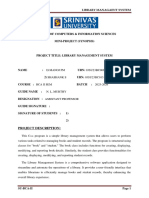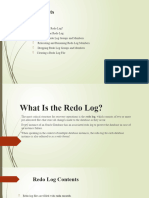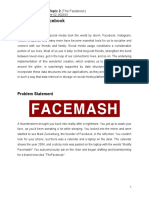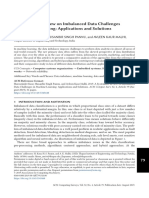0% found this document useful (0 votes)
17 views19 pagesFile 1732019880393
Investigatory format
Uploaded by
jayasri050707Copyright
© © All Rights Reserved
We take content rights seriously. If you suspect this is your content, claim it here.
Available Formats
Download as DOCX, PDF, TXT or read online on Scribd
0% found this document useful (0 votes)
17 views19 pagesFile 1732019880393
Investigatory format
Uploaded by
jayasri050707Copyright
© © All Rights Reserved
We take content rights seriously. If you suspect this is your content, claim it here.
Available Formats
Download as DOCX, PDF, TXT or read online on Scribd
/ 19
























































































